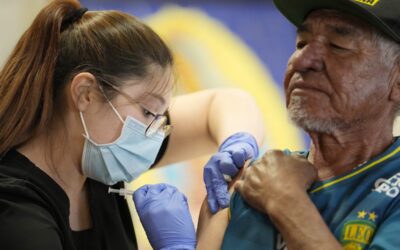
Alberta O’Neill, left, laughs as her son feels her belly during an ultrasound administered by student midwife Nicole Clemens at the O’Neills’ home in Lake Havasu City on Sunday, Sept. 28, 2025. (Photo by Shi Bradley/Cronkite News)
PHOENIX – A tub, a home, a bed. A tiny hand held for the first time, soundtracked by the resounding whines of a newborn — a baby’s first battle cry. This space holds a miniature militia: a mother, a father, a child — and a midwife. In Lake Havasu City, located along the northwest edge of Arizona, some families have chosen home over hospital. There is only one labor and delivery unit in the area, limiting options for local families.
Women across the outskirts of the state have turned to home birth as a viable alternative for prenatal, labor and delivery and postpartum care. These regions, formally referred to as maternity care deserts, pave the way for Certified Professional Midwives to help fill the gap where obstetric care is sparse or nonexistent.
Want Arizona news in your inbox each morning? Sign up for our free newsletter.
Several factors can contribute to choosing a midwife, including spirituality, lack of trust in health care systems, prioritization of autonomy or economics. An in-hospital birth without complications or health insurance can be four times as expensive as using a midwife.
There are around 100 CPMs across Arizona, and most of them are concentrated in Phoenix and the greater Maricopa County area, followed by Tucson, Flagstaff and Prescott, according to the Arizona Community Birth Coalition.
The patient-to-midwife pipeline
Nicole Clemens never planned on becoming a midwife, or even having children. Instead, she pictured working for a big corporation along the West Coast, making a lot of money.
“Life took me down a different path,” she said with a laugh.
Today, she is mother to four children and a student midwife in Lake Havasu City, where she has practiced and assisted under professional supervision for the past four years. Through the midwifery model, women can give birth at home or in specialized clinics called birth centers.
She was 24 when she turned to a birth center instead of a hospital while pregnant with her first child in 2023. According to the American Association of Birth Centers, a birth center is “a health care facility for childbirth where care is provided in the midwifery and wellness model.” They are usually small clinics that often operate through the lens of holistic health care.
MORE: Planned Parenthood suspends Medicaid services, citing ‘Big Beautiful Bill’ restrictions
Clemens wanted her childbirth to be natural and special, with no epidural, induction or C-section.
The birth center in Phoenix was three-and-a-half hours from her home in Lake Havasu City, where there were no local, credentialed midwives at the time. “I learned so much and essentially brought that knowledge back with me here and started to have a lot of moms reach out to me,” she said.
This journey ignited a passion in Clemens as she wondered about the access to maternal resources and options in her local community. So, she set about helping where she could.
One day, after assisting a mother with breastfeeding, a gear clicked into place. “I have to do something to change this,” she told her husband on her drive home that day. “There’s just no way that there’s nobody out here offering services as far as midwifery or lactation or as a doula.”
She began her work as a doula, a helping hand and pillar of support for mothers before, during and after birth. Eventually, Clemens crossed paths with Marilyn Campbell, who has practiced midwifery for decades — from Amish country to Las Vegas.
Campbell is a self-proclaimed “Back to the Land” movement hippie that traveled from Miami, Florida, to the small Tennessee town of Hohenwald, where she met a doctor overseeing births out of his clinic. She worked as a receptionist for his office for years before transforming into a modern pioneer of traditional, at-home midwifery.
“After (attending) about 30 births, I caught my first baby, and that’s almost 50 years ago now,” Campbell said.
The process of becoming a CPM in Arizona is structured and meticulous. Students apprentice under credentialed midwives that have been established for at least three years, complete an extensive skills-check list, and perform a certain number of prenatals, births and postpartums.
Eventually, they complete a test and are officially recognized through the North American Registry of Midwives. Then, they earn the title of Licensed Midwife through an additional state-level exam that tests their legal knowledge, as regulations and guidelines for midwives differ from state to state.
By earning a credential to show the state, this regulation, Campbell said, “allowed midwives to say, ‘See? We do know what we’re doing.’”
Autonomy, the epicenter
The core of midwifery is the inclusion of choice — choice of experience, of location and of what happens during a birth.
Lacey Keith is one of the only midwives serving the White Mountains region of Arizona, located on the eastern border of the state, opposite to Lake Havasu City.
“Autonomy. That’s the biggest thing. We’ve lost all autonomy as women, and especially in rural communities,” Keith said. She believes that rural midwifery could mend the care gap in these regions, filling in for women who prefer to give safe birth on their own terms.
Clemens agrees, adding that an in-hospital birth can remove the mother from being the center of attention and care.
“Oftentimes, you walk into the hospital and it’s not like, ‘These are the risks and benefits of breaking your water, are you okay with that? How would you like to proceed?’ It’s more like ‘Hey, doctor’s coming in in 10 minutes, they’re going to break your water, just be ready,’” she said.
The relationship between midwives and their patients is deeply intimate and personal, Clemens said. Choosing this path can be the result of multiple factors.
For one, working with a midwife could be a cheaper option, especially if families don’t have health insurance or if their insurance has a high deductible. Campbell’s midwifery practice, A Birth at Home, has a total cost of $5,500, with $1,000 due at the first appointment. Clients typically make payments throughout their prenatal care, and the remainder is due at the 36-week mark.
Prenatal care occurs prior to birth, including regular check-ups by the midwife on the overall health of the mother and the fetus. This can include monitoring blood pressure, the baby’s heartbeat and the lifestyle of the mother. Postpartum care takes place for up to six weeks after birth, Clemens said.
Nationwide, in-hospital births for women enrolled in employer health plans cost an average of $20,416, according to the Petersen-KFF Health System Tracker. After insurance, it can level out to $2,743.
The terrain for uninsured mothers can be drastically different, and expenses vary widely.
Keith doesn’t take insurance, but she’s tried to incorporate it into her practice. Insurance can be unforgiving toward non-traditional health care, she said, and the model just isn’t sustainable financially. “Insurance providers don’t cover midwifery care, no matter how much we fight them,” Keith said.
Outside of monetary reasons, many women want to stay away from hospitals unless absolutely necessary, such as in an emergency. However, Clemens wants to see more integration and communication between hospitals and homes.
Disconnect
The divide between doctors and CPMs can be consequential and inherently political.
Daniela Williams was a patient of Clemens and Campbell when she gave birth to her second child in her home in June. For her, this experience was “magical,” “life-changing” and “incredible,” a sharp contrast to her first time giving birth at a clinic in Las Vegas where she had to be transferred to a hospital.
“I looked like a failed birth center birth to them,” she said, recounting the muffled conversations she heard among nurses and doctors outside her door as she was changed into a hospital gown at approximately 8 centimeters dilated.
Williams was determined by the birth center to be a “failure to progress,” which is when labor does not move along in an appropriate or timely manner. Williams’ was due to a two-minute shoulder dystocia, a rare complication where the baby’s shoulder becomes stuck behind the mother’s pelvic bone. When complications happen, it is routine and required for CPMs to transfer their patients to a hospital.
Her baby was in the NICU for a week — an experience she describes as traumatic but necessary for the safety of her child.
Keith understands the need for medical professionals in the maternity care space, and she wants to bridge that gap. However, the relationship between CPMs and the mainstream health care system has become increasingly strained for her.
“It’s really unfortunate because we as midwives have such great respect for them (doctors), and we see them as peers, but the opposite is not true,” Keith said.
Clemens navigates a similar environment in Lake Havasu City, where she said there is a deep division between local CPMs and maternal health care providers.
“We don’t have any OBs that will do consultations locally. They won’t take referrals from us. They will not do ultrasounds for us. They will not do bloodwork for us,” Clemens listed. “We outsource for everything.”
Not being taken seriously by health care providers is not the only hurdle for midwives.
For a long time, Keith was the only credentialed midwife within a 92-mile radius of Payson.
However, this doesn’t include midwives who don’t have any credentialing recognized by the state. Practicing as a midwife without credentials isn’t only malpractice and a felony, she said, but potentially catastrophic. Keith believes the guidelines set forth for CPMs by the state can create a strong pathway for midwives to follow, but uncredentialed midwives are not held to this standard since they are practicing care illegally.
Some states don’t require any licensing for CPMs, but since Arizona does, there is a sort of “black market” for midwives in the state, which makes it harder for those who have established and credentialed themselves, Keith noted.
“It gets under my skin a little bit, the not being licensed, because with that goes no need for regulation,” Keith said. “I like my rules, I think they’re important.”
For more stories from Cronkite News, visit cronkitenews.azpbs.org.
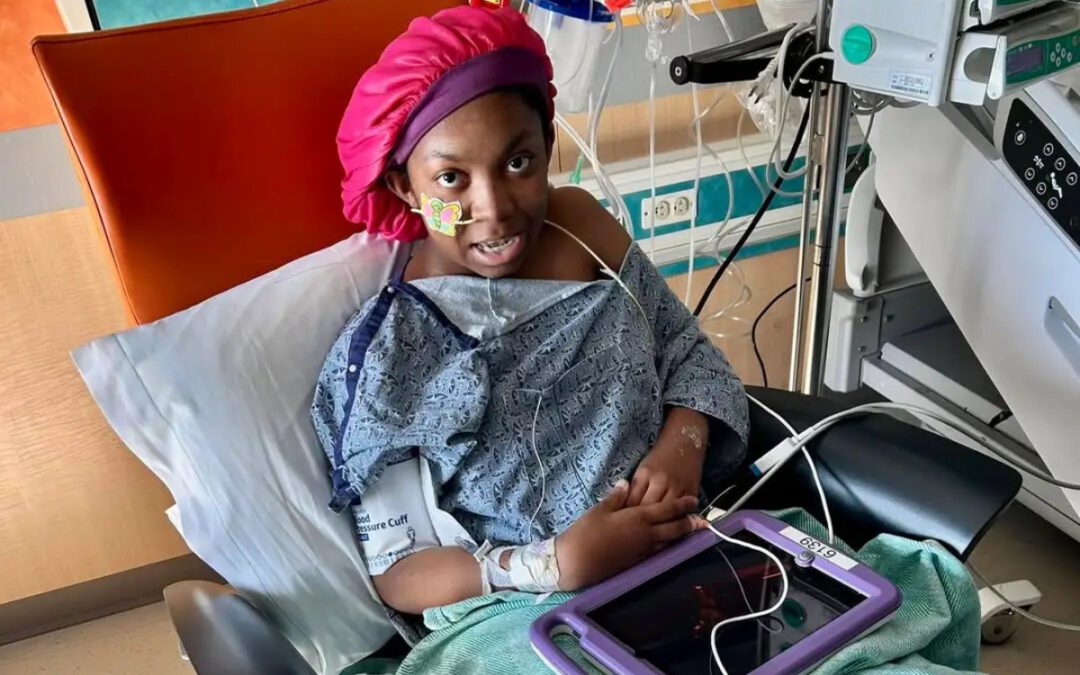
Officials investigating outbreak of Shiga toxin, possible connection to the Arizona State Fair
PHOENIX – The 17-year-old patient, clad in a light blue, patterned hospital gown and her pink and purple bonnet, sat in a hospital chair attached to...
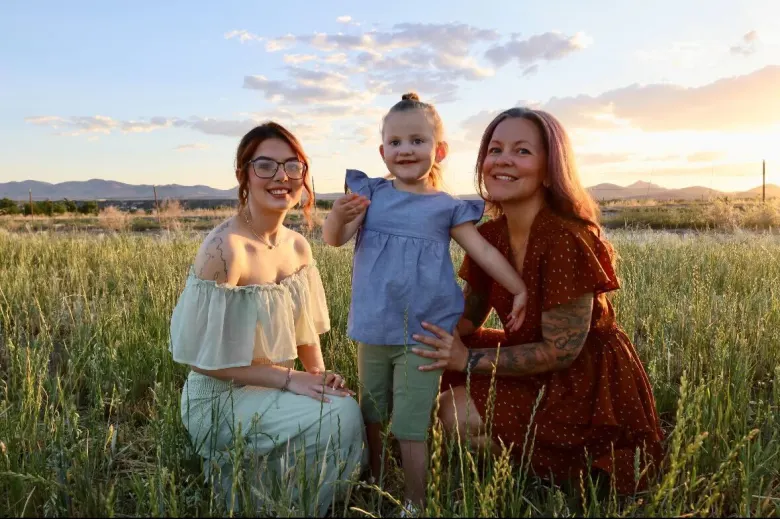
Arizona families in limbo after sharp rise in disability spending strains state budget
PHOENIX – Nine-year-old Faith Todd has Wolf-Hirschhorn syndrome, epilepsy and autism, conditions that put her at constant risk of seizures, choking...
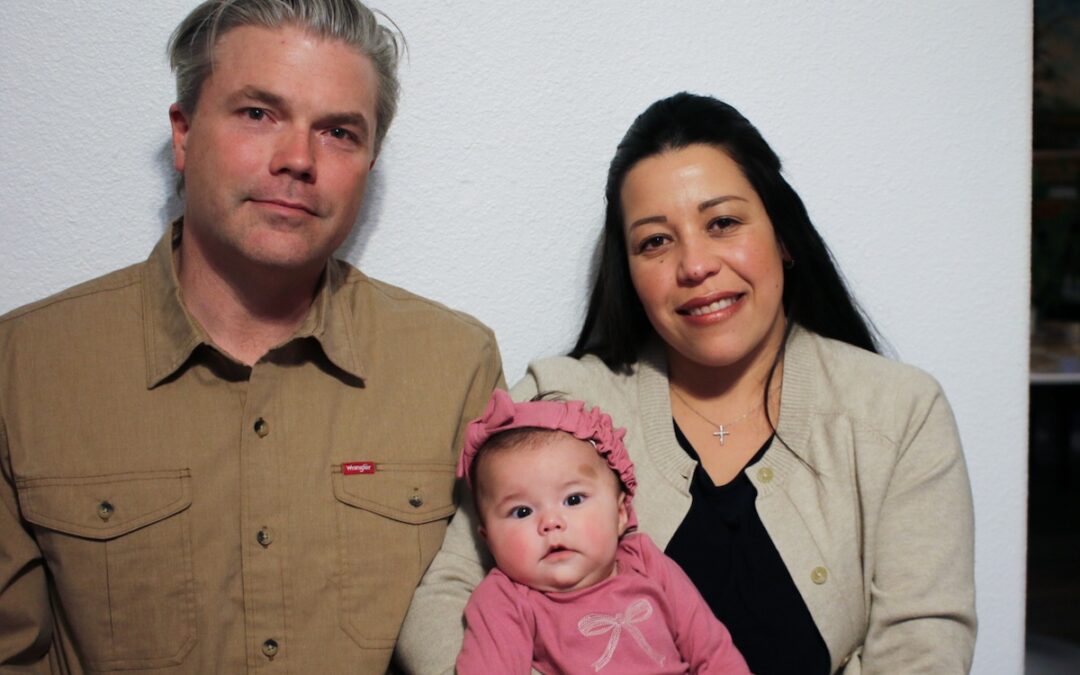
Flagstaff family with baby sickened by infantile botulism sues ByHeart over recalled formula
The parents of at least two babies sickened in an infantile botulism outbreak are suing the makers of the ByHeart baby formula at the heart of a...
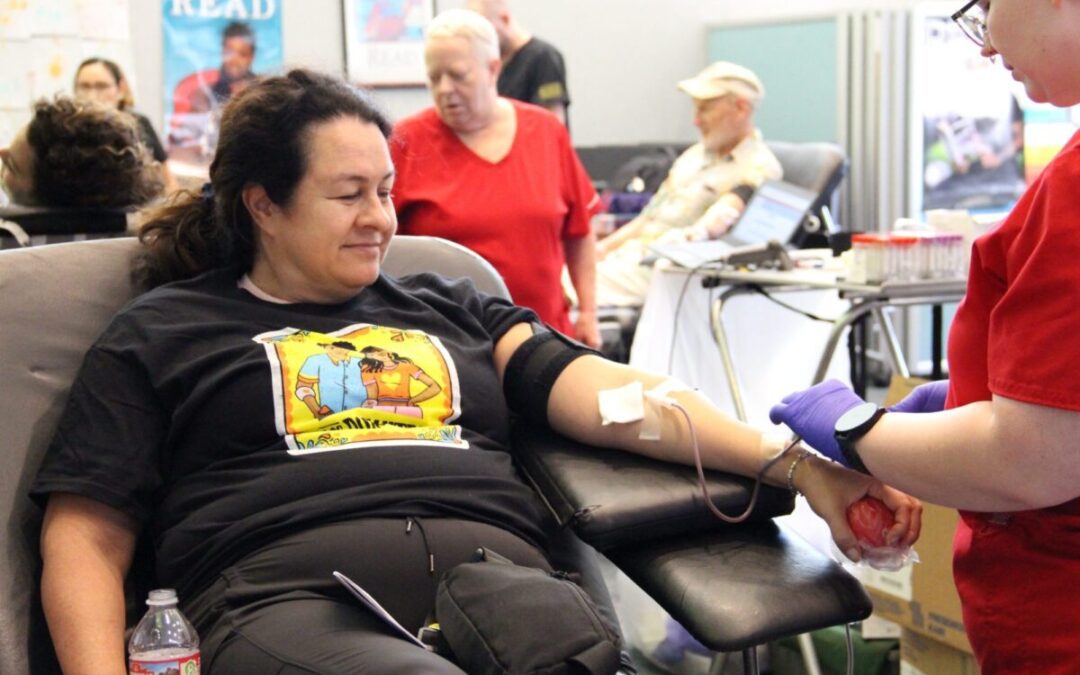
The color of blood: Arizona hospitals call for more diverse blood donors
PHOENIX – Arizona's blood supply is in crisis. For minority patients, the shortage is even more severe. Corina Chick sat in a reclined chair at a...





